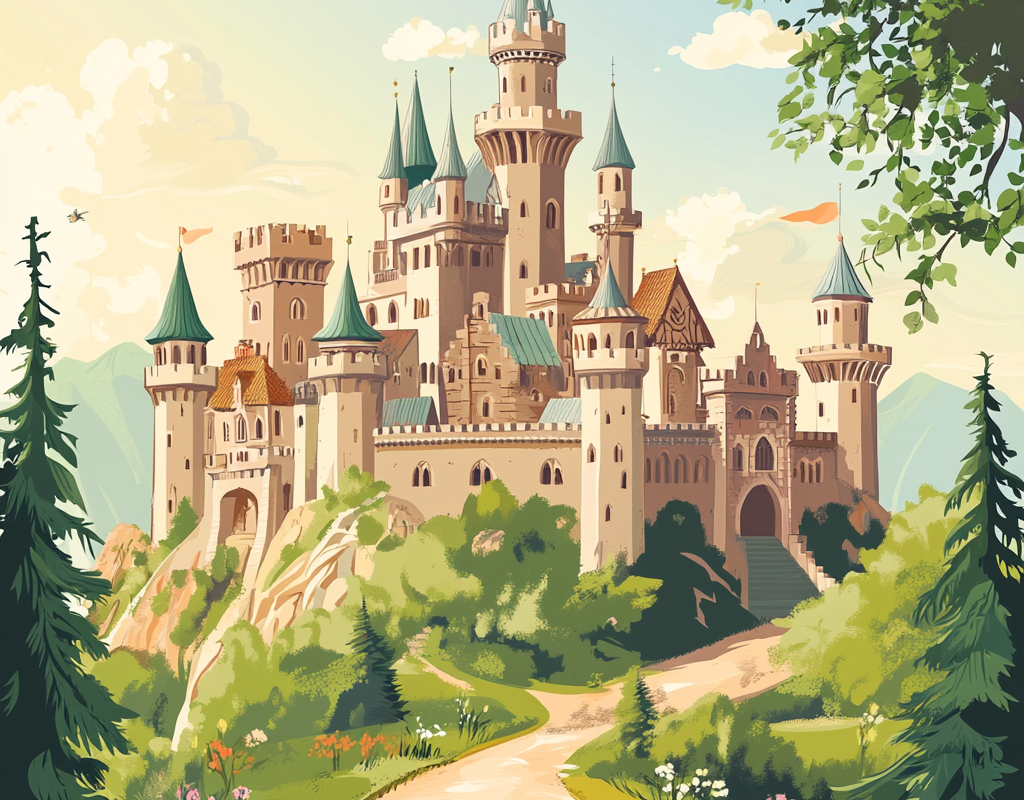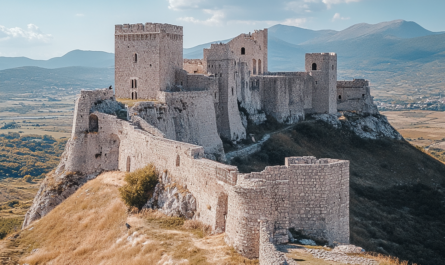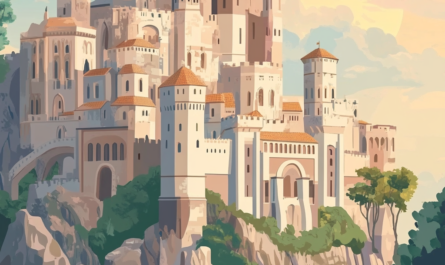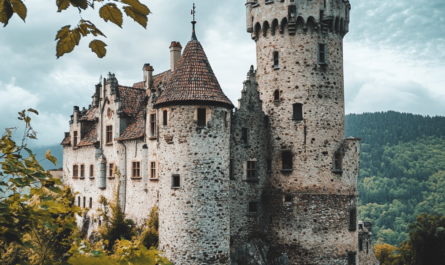Architectural Marvels of the Medieval Era
Medieval fortresses were extraordinary examples of architecture, blending function and beauty in ways that have stood the test of time. These massive structures, built primarily of stone, featured towering walls, reinforced gates, and defensive moats. Their designs were not merely practical; they were symbols of the wealth and power of the rulers who commissioned them. Many fortresses were adorned with intricate stone carvings, large windows in the inner chambers, and vaulted ceilings that showcased the craftsmanship of medieval stonemasons.
As engineering techniques advanced, fortresses became more sophisticated in their designs. Concentric walls provided layered defenses, allowing inhabitants to retreat to inner strongholds when necessary. Rounded towers replaced square ones, reducing weak points and improving resistance to attacks. From gatehouses with murder holes to keep attackers at bay, to spiral staircases designed to give defenders the upper hand, every architectural detail was meticulously planned. These fortresses were not just military strongholds; they were monumental achievements that combined artistry with practicality.
Strategic Locations and Defensive Innovations
The strategic placement of medieval fortresses was a cornerstone of their effectiveness. Builders selected sites based on natural advantages, such as hilltops, river crossings, or cliff edges. These locations gave defenders a commanding view of their surroundings, enabling them to detect enemies from afar. Fortresses also served as chokepoints, controlling access to key trade routes and protecting valuable resources. This strategic positioning often made them centers of local power and economic control.
The defensive innovations of medieval fortresses were equally impressive. Arrow slits allowed defenders to fire at attackers while remaining protected, and angled walls helped deflect projectiles. Gatehouses became increasingly complex, with portcullises, drawbridges, and reinforced doors. Some fortresses even featured early forms of booby traps, such as hidden pits or boiling oil poured through murder holes. As siege tactics evolved, fortresses adapted, incorporating thicker walls, bastions, and underground tunnels to resist prolonged assaults. These innovations ensured that fortresses were not only nearly impregnable but also served as deterrents to potential aggressors.
Daily Life Within the Fortress Walls
Living in a medieval fortress was a unique blend of routine, preparation, and adaptation to the ever-present threat of conflict. Soldiers and guards formed the backbone of the fortress community, maintaining vigilance and training regularly to defend the stronghold. Artisans and craftsmen ensured the smooth operation of daily life, producing weapons, repairing structures, and managing essential goods. Kitchens and granaries were vital in ensuring a steady food supply, especially during sieges. Chapels provided a spiritual sanctuary, while large halls served as venues for communal gatherings, banquets, and celebrations.
For the ruling class, life inside the fortress was more comfortable but still focused on governance and defense. Lords and their families had private chambers with relative luxury, including tapestries, fine furnishings, and hearths for warmth. These spaces were often located in the keep, the most secure part of the fortress. Despite the constant need for readiness, fortresses were also places of social activity. Festivals, feasts, and tournaments brought moments of joy and camaraderie, breaking the monotony of daily life. The fortress, in essence, was a self-sustaining community, balancing survival and culture.
Symbols of Feudal Power and Authority
Medieval fortresses were much more than military structures; they were powerful symbols of the feudal system and the authority it represented. By constructing imposing fortresses, lords and kings demonstrated their dominance over the land and its people. The size and grandeur of these fortresses sent a clear message of wealth, influence, and control, often intimidating potential rivals and subjects alike.
These fortresses also played crucial administrative roles. Within their walls, taxes were collected, judicial matters were resolved, and political decisions were made. The fortress acted as the nerve center of a feudal lord’s domain, ensuring order and compliance among the populace. In times of rebellion or invasion, fortresses provided refuge, reinforcing their status as bastions of power. Beyond their functional role, the architectural elegance and elaborate decorations of some fortresses reflected the cultural sophistication of their patrons, blending authority with artistic expression.
Cultural and Artistic Legacy of Medieval Fortresses
The legacy of medieval fortresses extends far beyond their practical purposes, deeply influencing European culture and art. Many fortresses became repositories of artistic treasures, adorned with stained glass, ornate tapestries, and sculptures that reflected the religious and cultural ideals of the era. These decorations often depicted biblical stories, heroic legends, or the coat of arms of the ruling family, turning the fortress into a statement of both faith and identity.
Today, medieval fortresses continue to inspire art and literature. They are often featured in historical novels, fantasy stories, and films, serving as symbols of bravery, mystery, and romance. In addition to their influence on storytelling, the structural elements of medieval fortresses have inspired modern architecture, from fortified homes to public buildings. The cultural and artistic imprint of these structures is a testament to their enduring significance as more than just relics of the past; they are vibrant symbols of human creativity and resilience.
Preservation and Tourism in Modern Times
Medieval fortresses stand as captivating reminders of a bygone era, drawing millions of visitors each year. Efforts to preserve these sites not only safeguard their physical structures but also ensure their stories are passed down to future generations.
- Restoration projects have helped many fortresses regain their former grandeur, allowing visitors to step back in time and experience the medieval world.
- Guided tours provide detailed insights into the historical and architectural significance of each fortress, often accompanied by interactive displays or multimedia presentations.
- Festivals, fairs, and reenactments held at these sites make history engaging and accessible, offering a blend of education and entertainment.
- Modern technology, such as virtual reality, enhances the visitor experience, making it possible to explore fortresses as they once stood.
- These sites also support local economies by attracting tourists, creating jobs, and promoting cultural heritage.
Preserving medieval fortresses is not merely about protecting their walls and towers. It is about honoring the rich history, culture, and craftsmanship they embody. As living museums, these fortresses offer a bridge to the past, inviting us to explore and appreciate the ingenuity and determination of those who built them.
Questions and Answers
Answer 1: Concentric walls, rounded towers, arrow slits, and angled walls were key defensive features.
Answer 2: Locations on hills, rivers, or trade routes provided visibility, control, and natural defenses.
Answer 3: Life involved a mix of military readiness, craftsmanship, and social activities, with lords enjoying relative comfort.
Answer 4: They demonstrated power through size and grandeur, served as administrative centers, and offered refuge in crises.
Answer 5: Restoration, tours, cultural events, and modern technology ensure their historical and cultural relevance endures.




